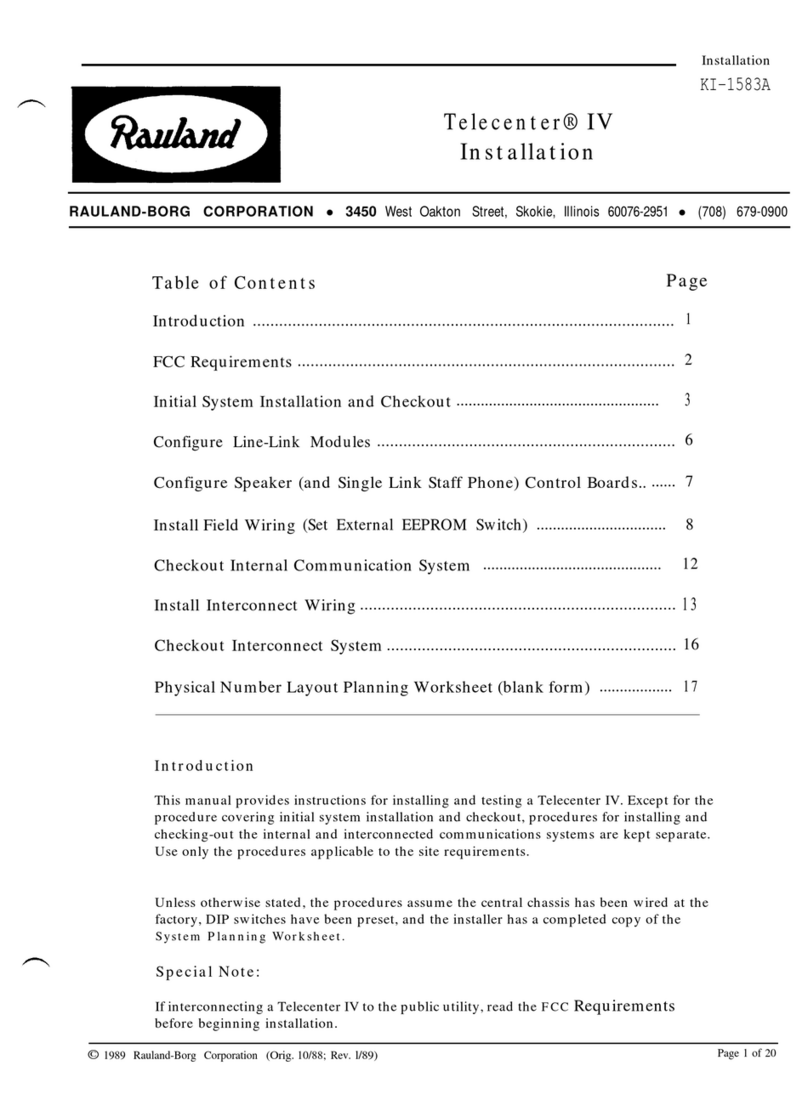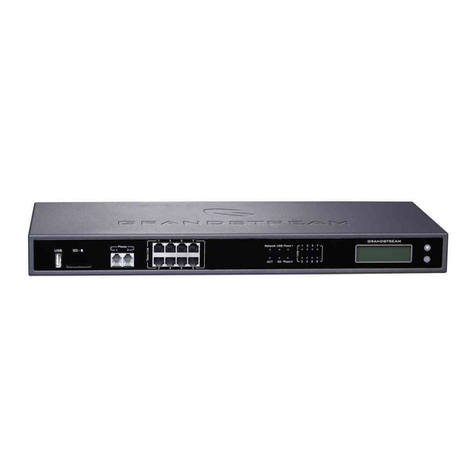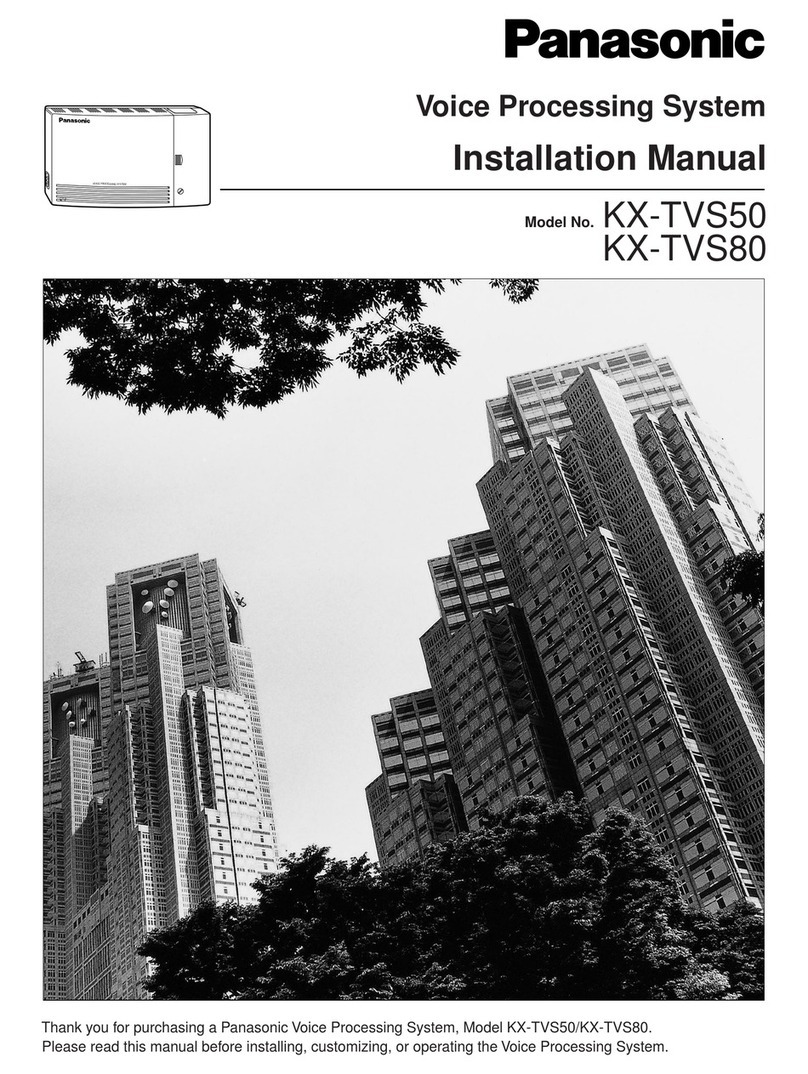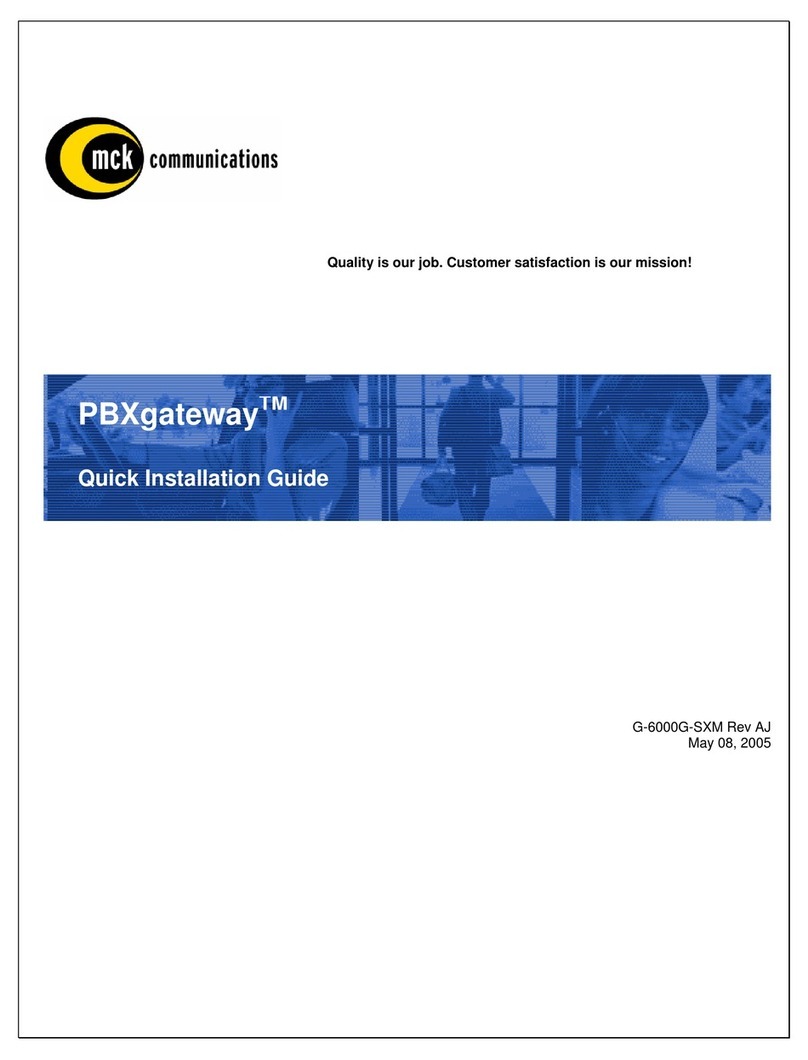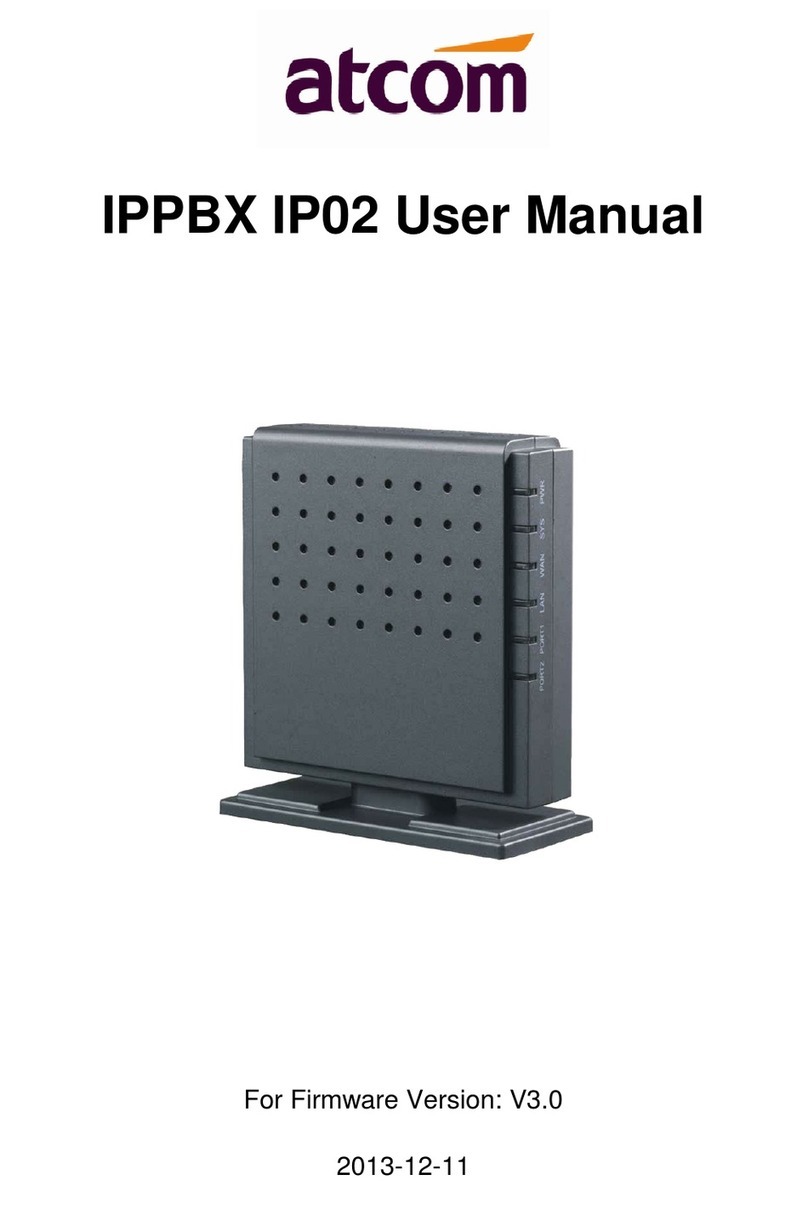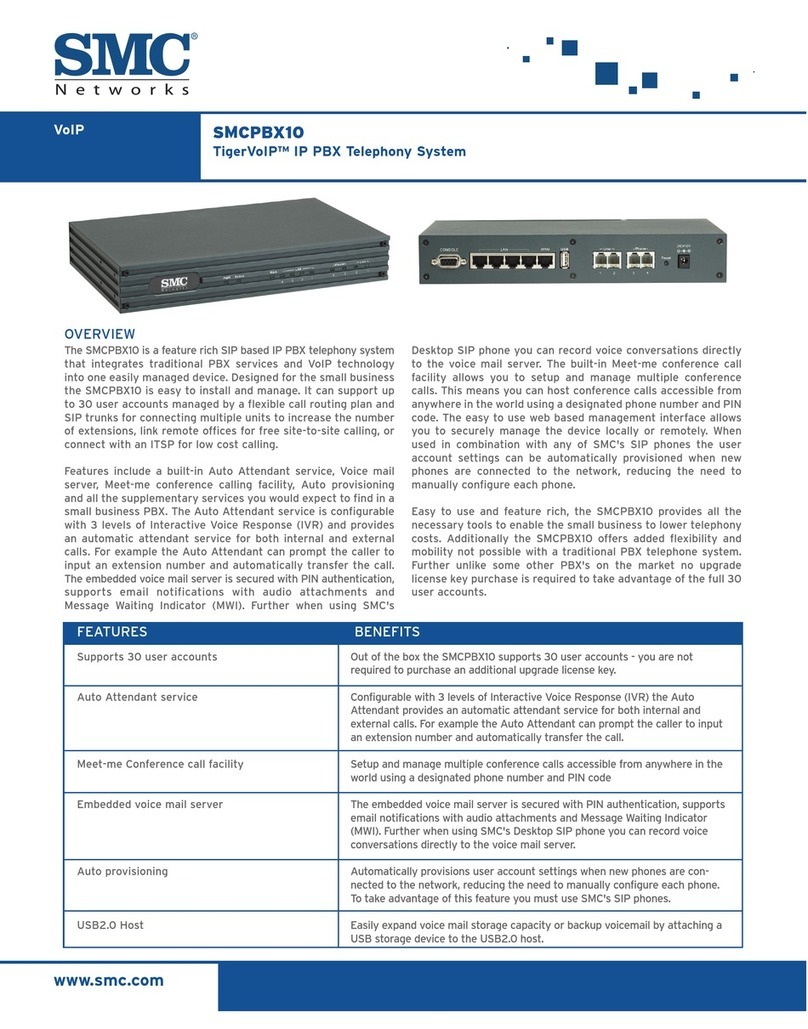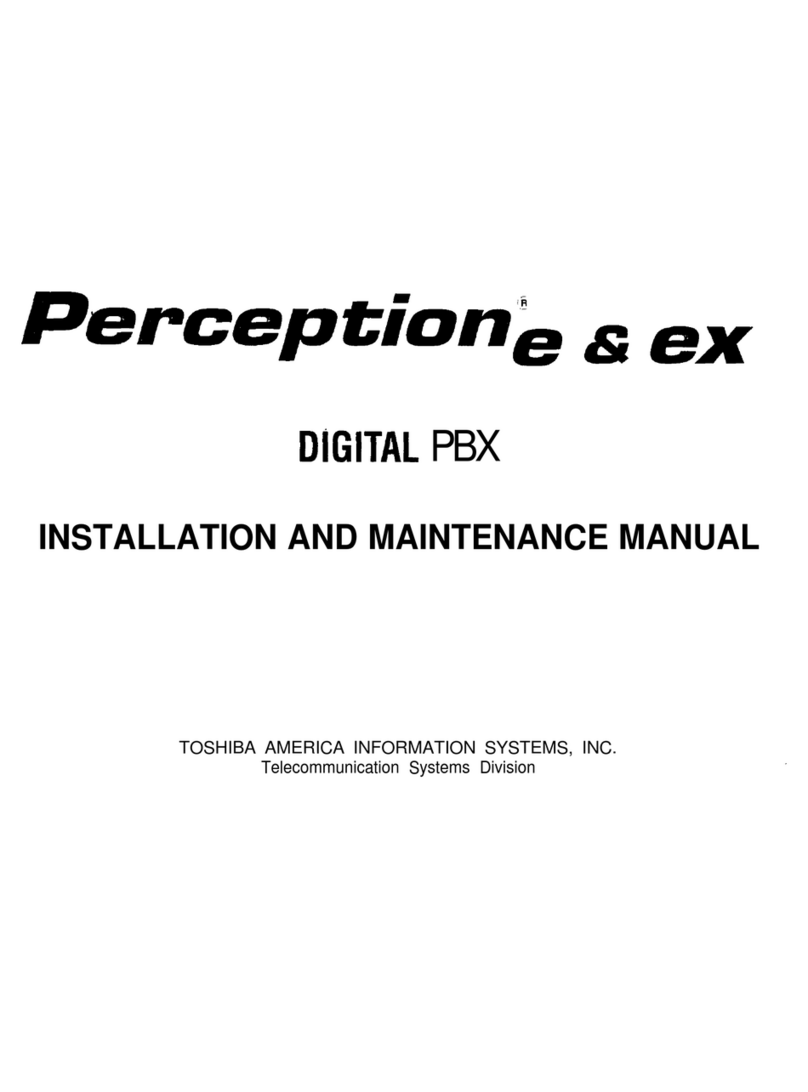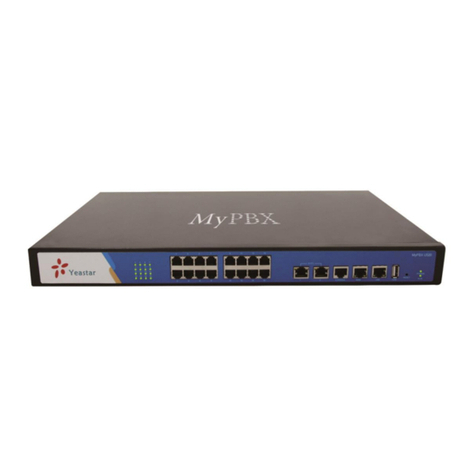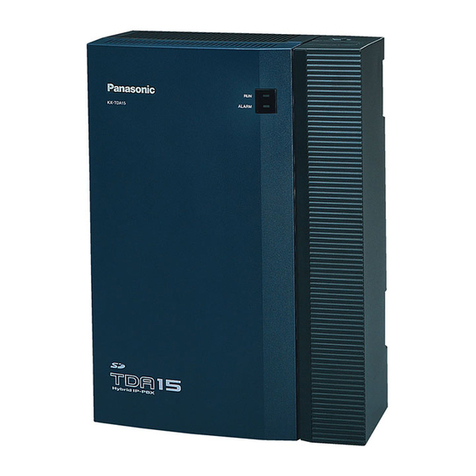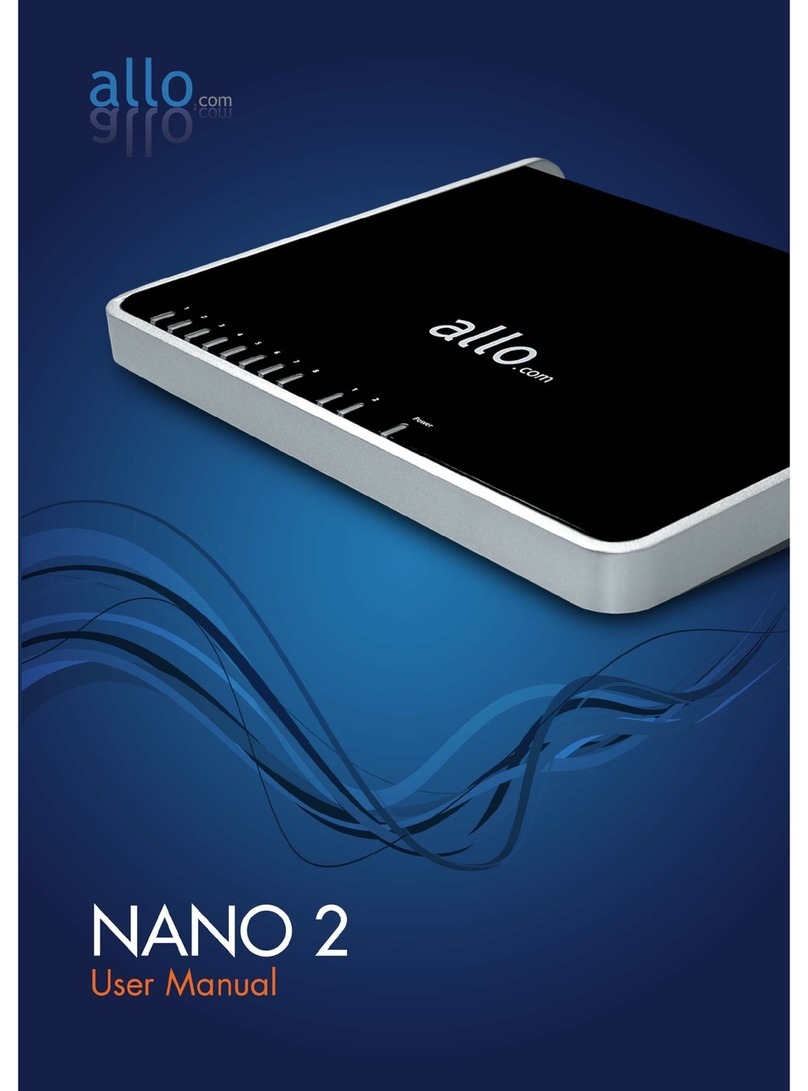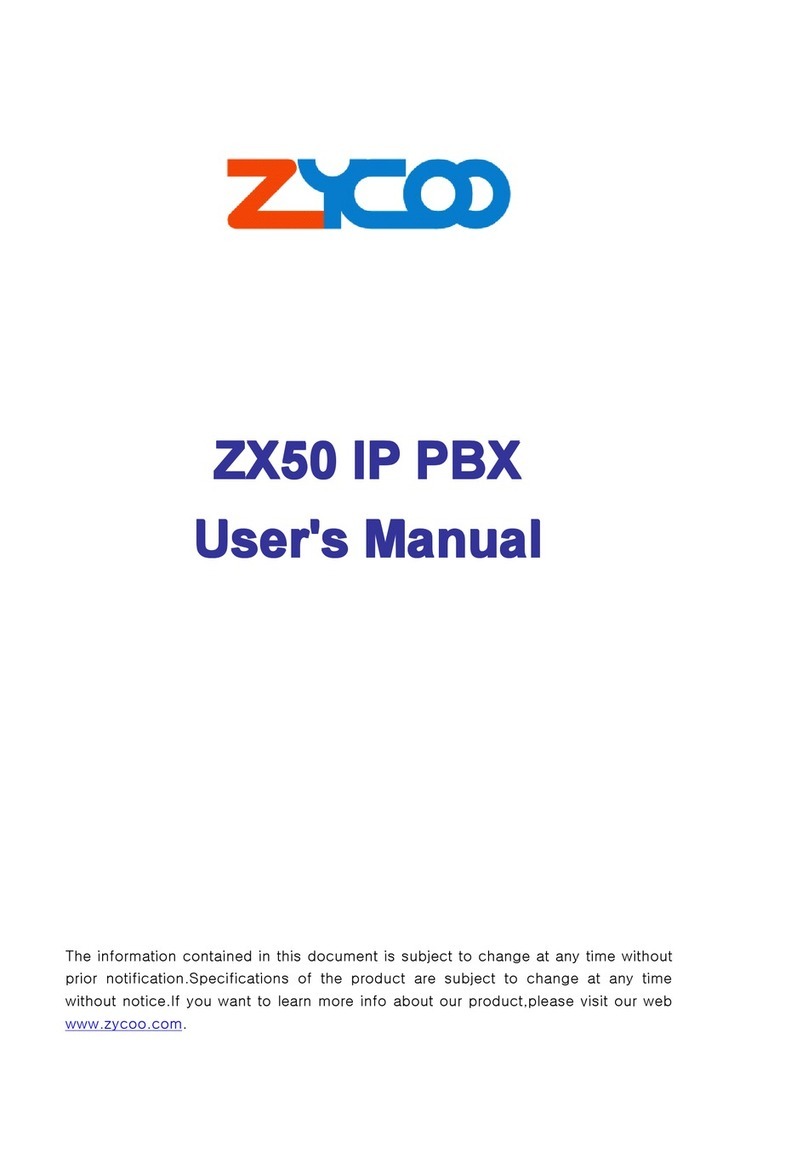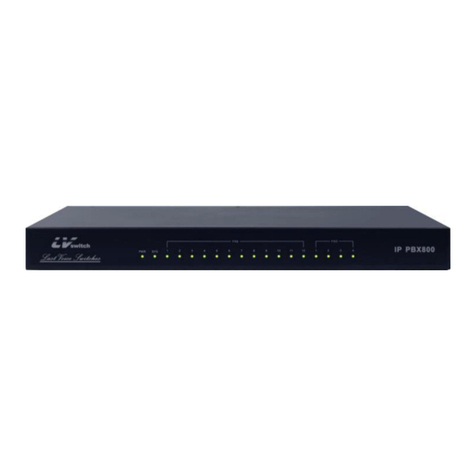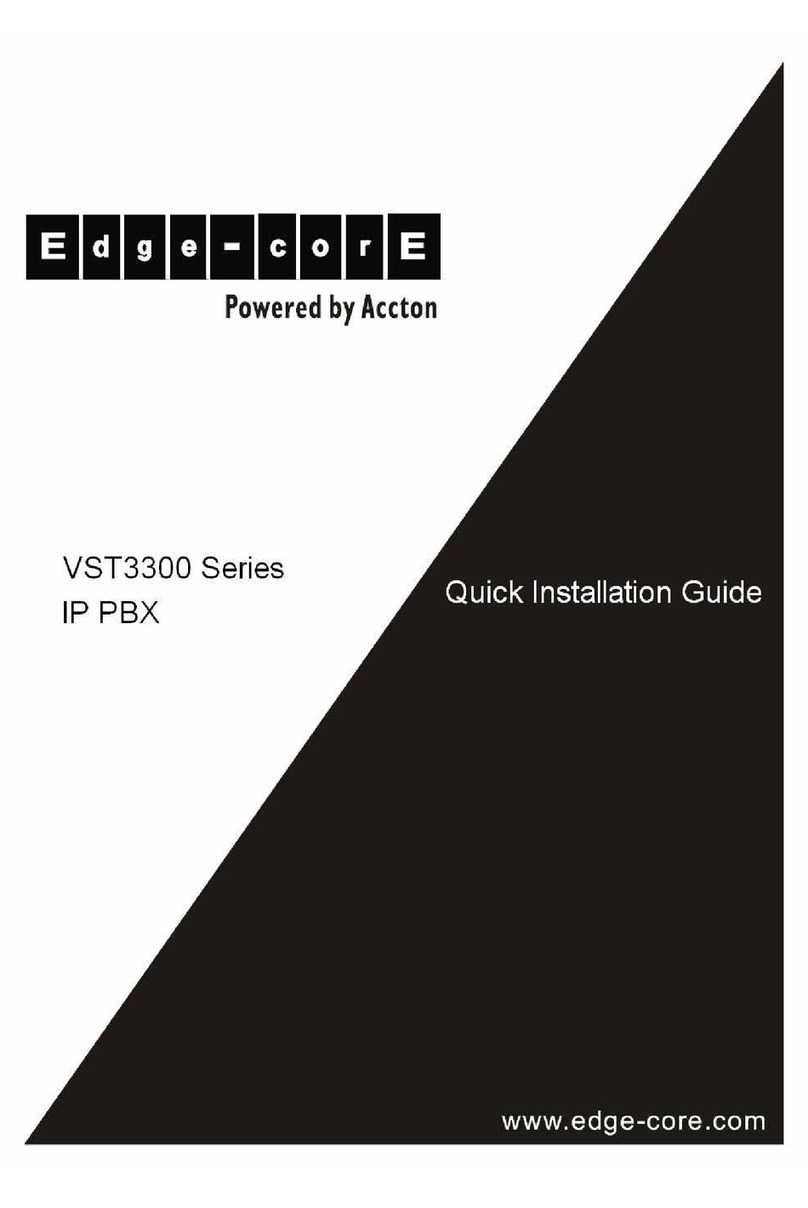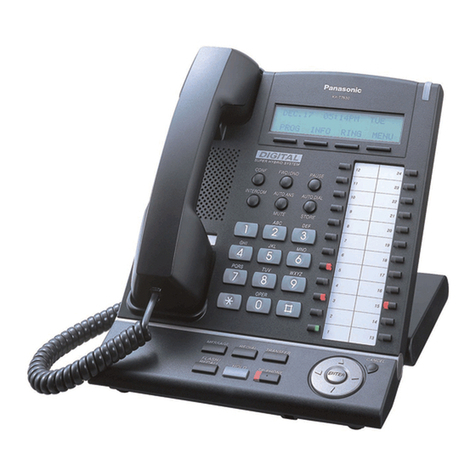Compliance
Warning: Changes or modifications to this unit not expressly approved by the party responsible for compliance could
void the user’s authority to operate the equipment.
This equipment has been tested and found to comply with the limits for a Class A digital device, pursuant to Part 15 of
the FCC Rules. These limits are designed to provide reasonable protection against harmful interference when the equip-
ment is operated in a commercial environment. This equipment generates, uses, and can radiate radio frequency energy
and, if not installed and used in accordance with the instruction manual, may cause harmful interference to radio com-
munications. Operation of this equipment in a residential area is likely to cause harmful interference in which case the
user will be required to correct the interference at his or her own expense.
This digital apparatus does not exceed the Class A limits for radio noise emissions from digital apparatus set out in the
Radio Interference Regulations of the Canadian Department of Communications.
Le present appareil numerique n’emet pas de bruits radioelectriques depassant les limites applicables aux appareils
numeriques del la class A prescrites dans le Reglement sur le brouillage radioelectrique edicte par le ministere des
Communications du Canada.
Safety
Complies with Standards: ANSI/UL 60950, 3rd Edition and CAN/CSA C22.2 N. 60950-00
CAUTION
ATTENTION
TO REDUCE THE RISK OF FIRE, DO NOT INSTALL THIS
EQUIPMENT ON OR NEAR ANY FLAMMABLE MATERIALS.
Afin de réduire les risques d’incendie, ne pas installer cet
équipement sur ou près de matériaux inflammables.
REFER SERVICING TO QUALIFIED SERVICE
PERSONNEL.
Soumettre l’entretien au personnel de maintenance qualifié.
WHEN SERVICING MULTICOM, BE SURE TO REMOVE
AC POWER ON ALL THE POWER SUPPLIES,
THE MC512A, AND ALL MC2626B.
Lors de l’entretien de MULTICOM, assurez vous de couper
le secteur de toutes les alimentations, le MC512A et tous
les MC2626B.
TURN OFF AC POWER SWITCH ON POWER STRIP
OR DISCONNECT MAIN AC POWER CORDS PRIOR
TO SERVICING.
Utiliser le bouton de la multiprise électrique pour l’éteindre,
ou débrancher les cables secteur avant tout entretien.
RISK OF EXPLOSION IF BATTERY IS REPLACED BY AN
INCORRECT TYPE. DISPOSE OF USED BATTERIES
ACCORDING TO THE INSTRUCTIONS.
Risque d’explosion si la batterie remplacée est d’un modèle non con-
forme. Se débarasser des batteries usagées selon les instructions.
REPLACE FUSES WITH ORIGINAL OR EQUIVALENT
TYPE.
Remplacer les fusibles par des modèles d’origine ou de type
équivalent.
THE AC POWER STRIP IS NOT FOR EXTERNAL USE.
La bande de courant alternatif N'est pas pour l'usage externe.
CAUTION
RISK OF ELECTRIC SHOCK
DO NOT OPEN
CAUTION: TO PREVENT THE RISK OF ELECTRIC
SHOCK, DO NOT REMOVE COVER (OR BACK).
NO USER-SERVICEABLE PARTS INSIDE.
DO NOT OPEN. REFER SERVICING TO
QUALIFIED PERSONNEL.
Afin de prévenir tout risque d’électrocution,
ne pas enlever le couvercle (au dos). Aucune
pièce à maintenir ne se trouve à l’intérieur.
Ne pas ouvrir. Soumettre l’entretien au personnel
de maintenance qualifié.
NOTE: Prior to servicing,
power must be removed
from all power supplies.
